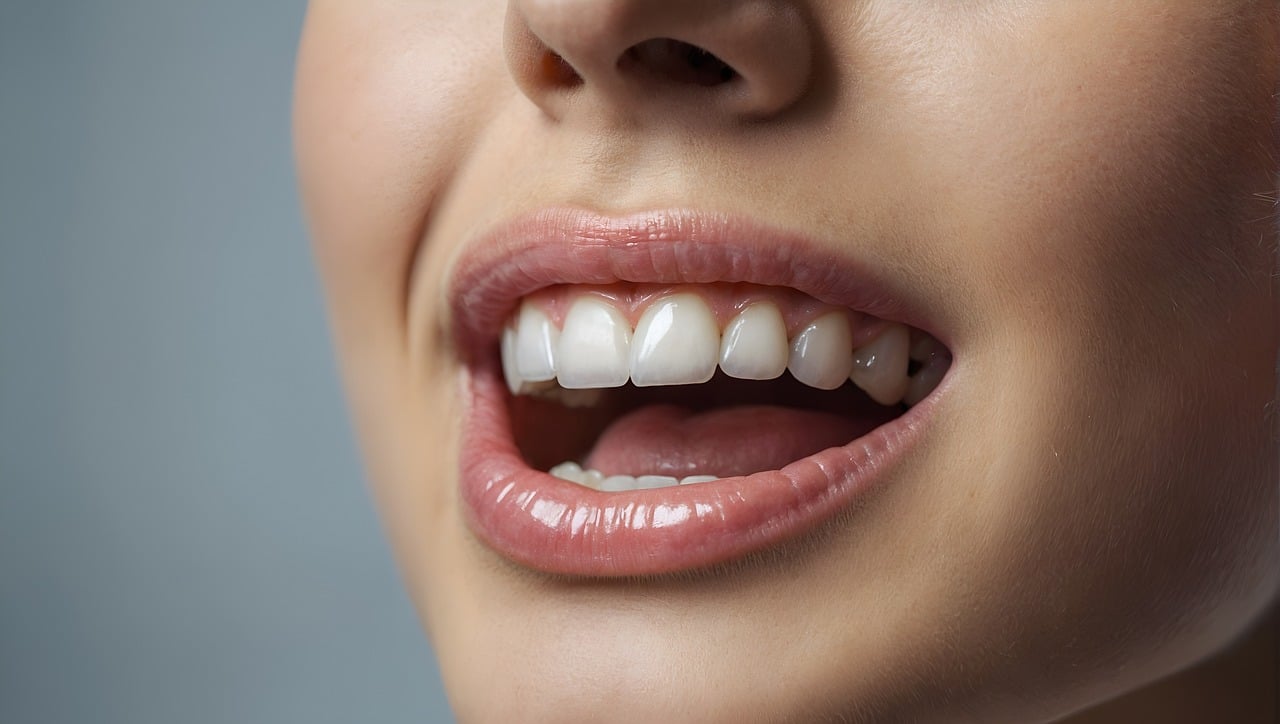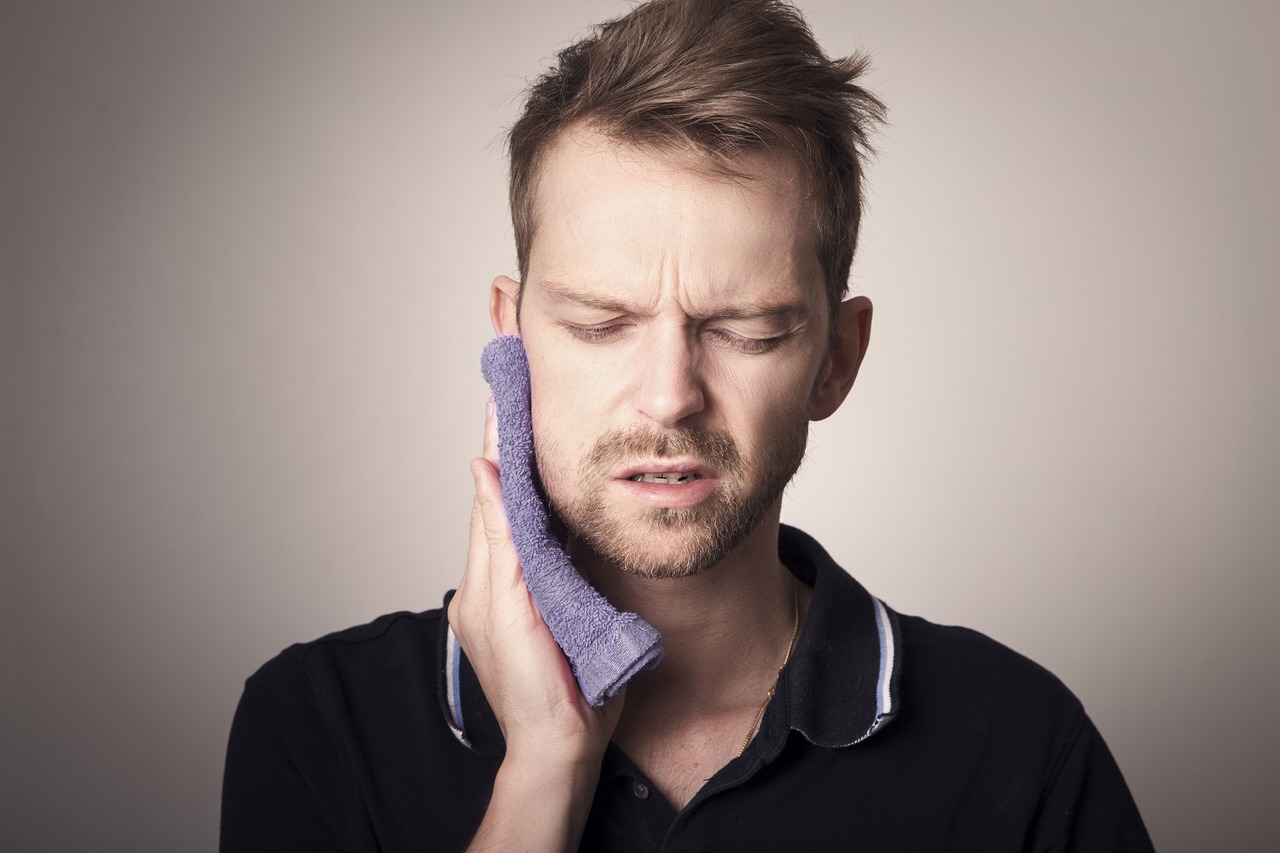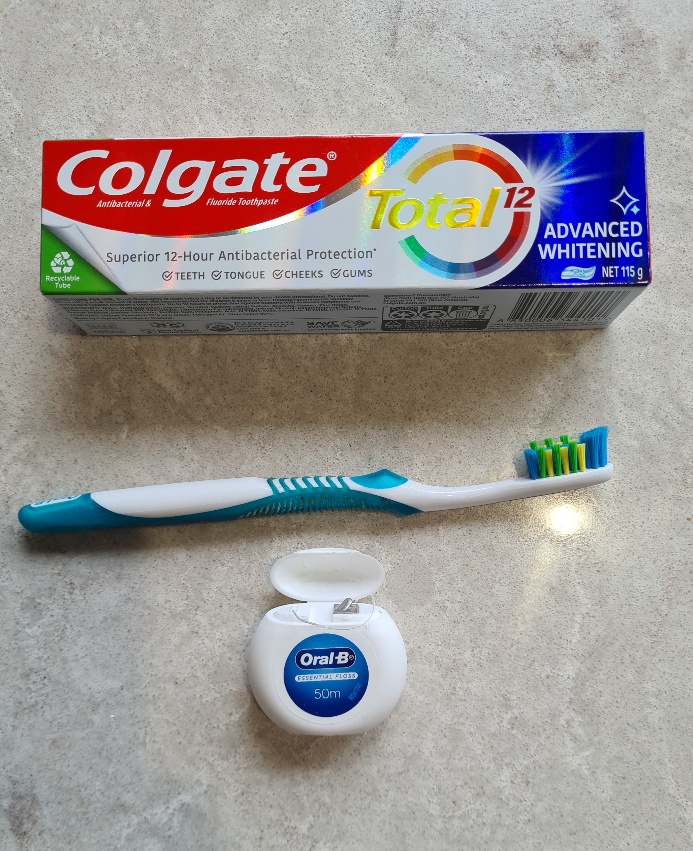Learn English while learning about daily life in Australia, with Rob McCormack
Podcast Number 157 – Oral Health in Australia
(This podcast is 13 minutes and 21 seconds long.)
Hi,
An important part of a person’s overall health is their oral health. Oral health means the health of your teeth, your gums and the muscles and bones in your mouth. According to the Australian Institute of Health and Welfare (an Australian government organisation), a person’s quality of life can be badly affected if they have poor oral health. Of course, anyone who’s had problems with their teeth and gums will know how true this statement is. I’ve had short periods in my life where I’ve had problems with my teeth, and my experience tells me it can be painful, annoying, embarrassing and make you feel very unhappy. Added to this, it can also be expensive to treat. In this podcast, I’d like to talk about oral health in Australia and also what programs we have to help improve it. (Please note that I don’t claim to be an expert on this topic and anyone seeking further information should talk to their dentist.)

Healthy teeth.
Image by Gerd Altmann from Pixabay
Before we talk about the state of oral health for Australians, it’s probably useful to talk about some of the key terms in oral health. Firstly, humans get 2 sets of teeth in their lifetime. The first set are the primary teeth (also called baby teeth) which arrive beginning at age 6 months, with all 20 primary teeth usually in place by the age of 3 years. The second and final set of teeth are the permanent teeth (also called adult teeth) and these start arriving from the age of around 6 years, with the last of the 32 permanent teeth arriving by the time the child is 12 years of age.
Tooth decay is a common disease which can affect the teeth. In short, small holes (called cavities) can appear in the tooth structure, which affects the health and the strength of the tooth. As this is the most common problem associated with poor oral health, counting the number of teeth in a person’s mouth which are affected by decay, or missing as a result of decay, is a good way to measure your oral health. The term is called the DMFT score, which is short for Decayed, Missing, or Filled Teeth – DMFT. Perfect teeth would therefore have a DMFT score of 0.
Our knowledge about oral health in Australia comes from some excellent studies which have been done on large groups of Australians. From these studies, we can infer the overall oral health of all Australians. The following information is from a 2012 study involving around 25,000 children aged 5 – 14. For baby teeth in children aged 5 – 10 years, the average DMFT score was 1.5. Around 27% of these children had untreated decay in their teeth. That’s around 1 in 4 children which is worrying.
For adult teeth in children aged 6 -14 years, the average DMFT score is 0.5. Around 11% of these children have untreated decay in their mouth. That’s around 1 in 10 children. These numbers are quite good, but this is only because these teeth are fairly new, so they haven’t had much time to get cavities in them.
Other studies have looked at the oral health of adults in Australia. The following information is from studies of around 15,000 Australian adults in 2004 to 2008, and 2017 to 2018, for people 15 years old or older. The adult results are somewhat worse compared to Australian children. Here, the average DMFT was 11.2. In addition, around 32% of people were found to have one or more teeth with untreated decay. That’s around 3 in 10 people. Only 11% of adults in the studies had no decay at all in their permanent teeth, a low 1 in 10 people. These numbers are worse than the numbers for children, indicating a worsening of oral health as people get older.
My own experience with tooth decay has been quite bad. When I was growing up, I must admit that I did not know a lot about tooth decay and how to prevent it. I guess this says a lot about the lack of education on this topic back in the 1950s and 1960s. I have painful memories of visits to the dentist in my late teens and early twenties, when the dentist had to do lots of fillings, and in a few cases remove teeth which were very badly decayed. Toothache is, in my opinion, one of the worst types of pain you can get.

Toothache is very unpleasant.
Image by Sammy-Sander from Pixabay
In addition, there was no fluoride in the drinking water of Western Australia, where I grew up, until the late 1960s, which meant my teeth missed out during my childhood on getting the important protection which fluoride can give against tooth decay.
Nowadays, children and adults in Australia have much better information about what causes tooth decay and how to prevent it. For example, there are naturally occurring bacteria in your mouth. When you eat sugary foods, some of these bacteria will use the sugar to create the energy they need. This process produces acid which eats into your teeth. Over time this process produces dark spots on your teeth which become the holes or cavities, which is dental decay.
To prevent dental decay, or cavities, the most important things to do are:
- Control how much sugar you eat – the less the better.
- Clean your teeth twice a day and floss your teeth every day.
- Use a toothpaste which contains fluoride, as fluoride helps to protect the teeth against the effects of the acid which causes cavities.
- Have a yearly check up at the dentist, in order to identify and treat early any cavities.

A fluoride toothpaste, a good quality toothbrush and dental floss – all needed if you want to keep healthy teeth.
Around 90% of Australians have their drinking water fluoridated, which means that very small amounts of fluoride have been added. This has contributed strongly to improved oral health in Australia. Various studies have shown that drinking fluoridated water reduces dental decay by between 26% and 44% for children and adults of all ages.
One of the issues with oral health in Australia is the high cost of dental care. In Australia, our Medicare program (see podcast https://slowenglish.info/podcast-13-health-care-in-australia/) does not cover visits to the dentist. This means that most Australians must pay for their own dental care and it can be expensive. For those adults who receive government social benefit payments, there is a free government dental program for their children up to 17 years old. (For more information, see https://www.servicesaustralia.gov.au/child-dental-benefits-schedule).
In addition, state governments throughout Australia also have dental care programs. For example, in Victoria, most dental services are provided free for all children up to 12 years of age. Generally, adults are only eligible if they receive a government social benefit payment.
(See https://www.health.vic.gov.au/dental-health/access-to-victorias-public-dental-care-services. Other states may have different programs and you should check the relevant state government website.)
For most Australians however, they must pay for their own dental care at a private dental practice. To reduce the impact of such costs, many Australians enrol for private health insurance cover, which, for a cost, will provide a benefit or refund to help cover the cost of dental services. For example, my private health insurance provides two free annual checkups at our local dentist, which I think is a great idea to help prevent decay and maintain good oral health.
There are those who have argued that our Medicare program should also cover the cost of dental services for all Australians, which would no doubt result in a much higher standard of oral health in Australia. However, that would be a costly program for the federal government. To date in Australia, no federal government has decided to implement such a program due to the high cost.
If you have a question or comment to make, please leave it in the comments box at the bottom of this page. Or, you can send me an email at rob@slowenglish.info. I would love to hear from you. Tell me where you live, a little bit about yourself and what you think of my Slow English podcast. I will write back to you, in English of course. If you would like to take a short quiz to see if you have understood this podcast, you will also find it on my website. Goodbye until next time.
Rob
Podcast 157 Quiz - Did you understand the podcast?
You can take the quiz as many times as you like.
Vocabulary
according to = when someone else or a group has said something important
acid = (here) a liquid which can destroy other materials
annoying = when something makes you a little angry
associated = connected to
bacteria = single cell organisms found everywhere on earth
benefit = something which is valuable to you
checkups = (here) when the dentist checks your teeth for decay
childhood = the period when you are a child
common = something which you see quite often
contributed = has helped
cover = (here) when dental costs would be refunded by Medicare
create = make
dentist = a person who fixes and treats your teeth
eligible = when you are allowed to receive something, or do something
embarrassing = when you feel foolish or feel silly
enrol = to join a program, to join an activity
expensive = costs a lot of money
experience = when you have done something before
fairly = (here) a little bit, but not too much
filling = a treatment used by dentists to repair a tooth which has decay (cavities)
floss = like a thin length of cotton – used to clean between your teeth
fluoride = a mineral
gums = the part of your mouth which hold your teeth
identify = (here) to see something for the first time
impact = the effect
implement = to put in place
in addition = as well
indicating = (here) showing
infer = predict, guess
involving = (here) things which are included, things which are affected
issues = problems
knowledge = information about a topic
lack of = when something is not there, or only a small amount is there
late teens = from 16 to 19 years of age
measure = (here) to give something a score, showing how long, short, good or bad it is
naturally occurring = can be found on earth without being made by man
overall = including all or everything
periods = a length of time e.g. 1 week, 1 month etc
permanent = will remain for a long time
practice = a group of doctors or dentists who work together
prevent = to stop something from happening
private health insurance cover = a type of insurance to cover the cost of medical care
programs = a group of things which are done to improve or develop something
protection = when something is kept safe from harm
provided = (here) given
quality of life = how good your life is – are you happy, healthy, safe?
refund = (here) when you receive some payment back (from an insurer)
relevant = (here) appropriate, the right one to consider
score = a number which allows you to compare something to something else
somewhat = a little bit
state = (here) how good or bad something is
structure = (here) that part of a thing which holds it all together
studies = when researchers study people and things in order to learn about them
sugary foods = foods with a lot of sugar
terms = words which mean something special
there are those = a way of saying – there are people
throughout = (here) overall, everywhere
toothpaste = used with a toothbrush to clean your teeth
treat = (here) doing things to help a person overcome sickness or injury
untreated = when nothing is being done to fixed a problem or sickness or injury
worse = not as good as something else
worsening = becoming worse
